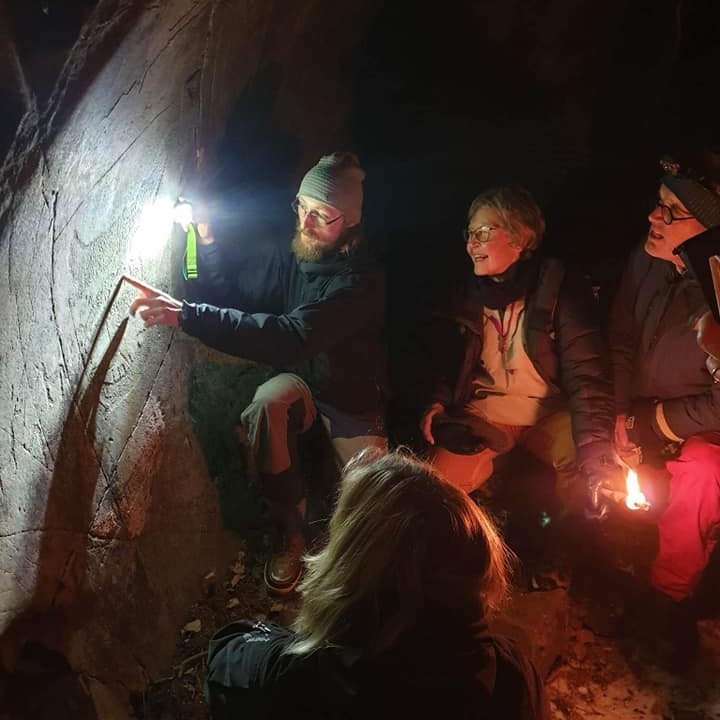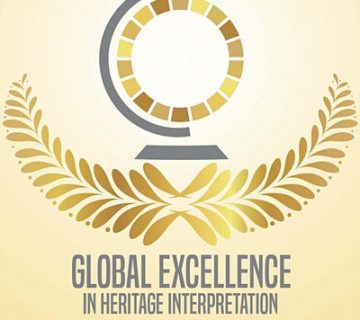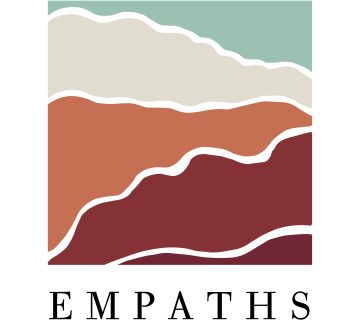Some thoughts and reflections one year post-CIG training.
Time flies. Almost one year has now passed since I attended the IE Certified Interpretive Guide (CIG) course at Valdres Folk Museum in Fagernes, Norway. For me, the course was an eye-opener, and an initiation into the practice of focusing on the importance of singularity, universal values and interpretive techniques. Under the guidance of our trainer, and with crucial aid from fellow participants, I think I finally ‘got it’.
On my trip back to Trøndelag, I felt like a new person in terms of the essential insights, and the way I was going to apply this new knowledge to my own work. Also, I was looking forward to the homework assignment, with its fresh possibilities of transferring some of my newly acquired awareness of strong phenomena to a place I knew ‘from the inside out’.
To be honest, the homework assignment was trickier than I expected. It turned out I was still trapped in the old habit of being used to completing a heritage walk without dealing with any general theme or well-prepared talks. After struggling with it for a few months, by foot and in thought, I finally got the positive push I needed to recognise myself as an interpretive guide. The push came from Sandy Colvine, our trainer, with his encouraging comments to my homework answers.
So, from late summer onwards I was ready to make a difference. After accomplishing my certification, the circumstances created a unique opportunity for me. In only four months, from spring to early autumn, I was transformed into a CIG with a full-time job in Melhus municipality, working with heritage interpretation in an open-air museum, along trails, in the local Sagauka festival, and in the public library.
Introducing work sheets for talks and walks represented a necessary professionalisation in the role I was going to play in the management of local natural and cultural heritage. But I was soon to discover that my preparations could turn out in different ways than expected. One walk could be a success, with engaged participants and good conversations related to phenomena along the route, while another was only a partial success with limited participation regarding open-ended questions. On one occasion I was supposed to give a talk on environmental issues to a group of adolescents. In practice, I’m afraid the indoor session ended up looking more like a formal teaching situation with very little participation from my ‘pupils’.
After gaining more experience through practice, I’ve given some thoughts to the various receptions along the way. Not surprisingly, people in smaller groups are more likely to actively participate in a conversation, especially if they already know each other well. But, in my experience this is not always the case. Sometimes even smaller groups are reluctant to engage in a dialogue. Sadly, the adolescents are often too cool to converse, but this is probably not a behaviour restricted to my region alone. Maybe smaller groups in a more sensory stimulating setting could be the ‘panacea’?
As I see it, inhabitants in this part of Scandinavia seem to find some elements of interpretation rather awkward. The participants are simply not used to that kind of involvement. We are generally quite anxious when it comes to revealing our deeper thoughts, at least in a group setting. I suspect that guides in other parts of Europe encounter people more eager to be provoked. On the other hand, I may be totally wrong regarding these tendencies.
At the time of writing, I’m looking forward to a new season of heritage walks and talks here in Melhus, actively applying and practicing interpretive techniques in my daily work. I see this process as a mutual development concerning both guide and participants. Perhaps the Norwegian ‘stiffness’ is finally softening? Last, but not least, I enjoy being a member of the Interpret Europe family. Indeed, after years of searching, discovering the art of interpretation and the association promoting it feels like coming home.
Kjell André Brevik is employed as a heritage interpreter in Melhus municipality, Norway. His area of responsibility covers the open-air museum Horg Bygdatun and the public library. He holds a Master’s degree in archaeology from the Norwegian University of Science and Technology (NTNU). He can be contacted at: kjebre@melhus.kommune.no.
To cite this article: André Brevik, Kjell (2024) ‘The awkwardness of being provoked‘ in Interpret Europe Newsletter 1-2024, pg.22-23.
Available online: https://interpret-europe.net/wp-content/uploads/2024/04/PDF-Newsletter_2024_1-spring.pdf




